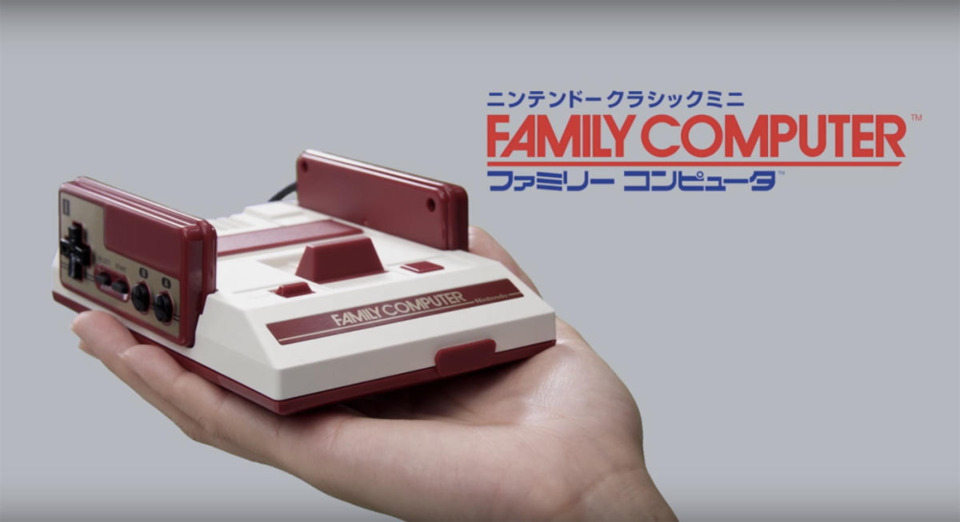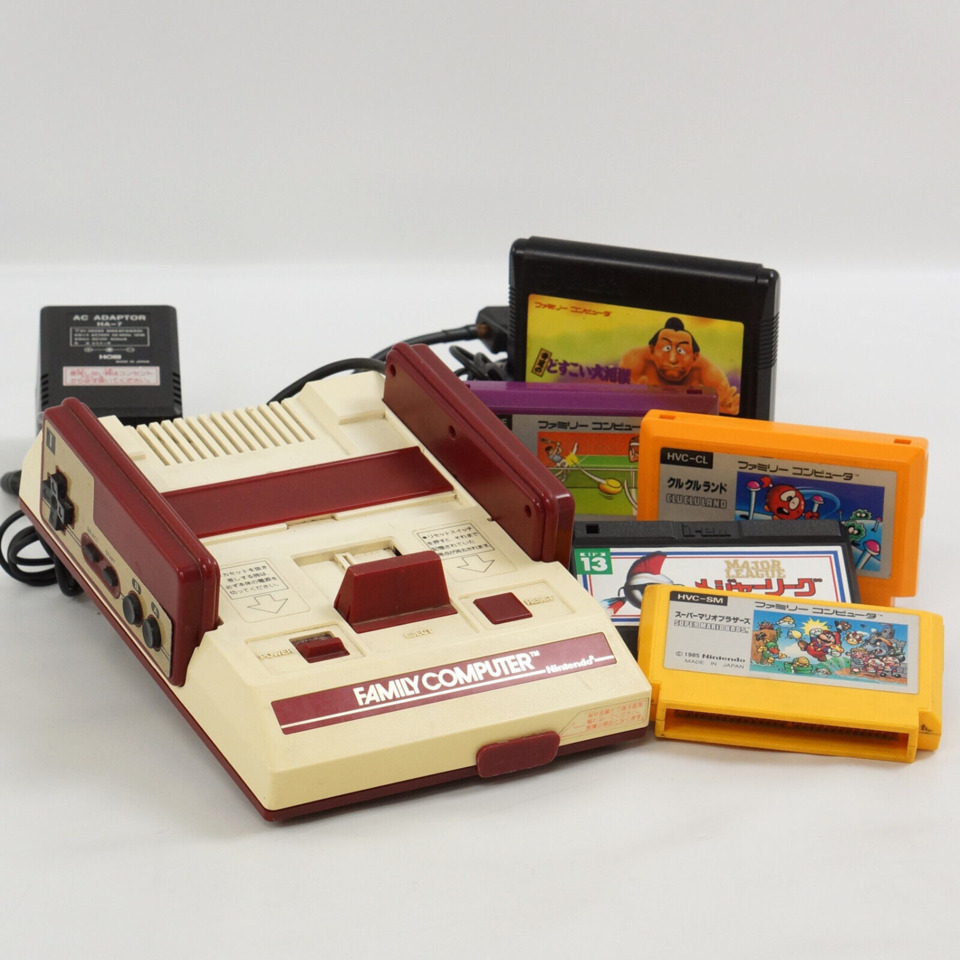
In the ever-evolving tapestry of video game history, certain consoles emerge as true pioneers, leaving an indelible mark on the industry's landscape. One such groundbreaking device was the Nintendo Famicom, short for Family Computer, which debuted in Japan on July 15, 1983. Often heralded as the progenitor of the modern gaming console, the Famicom revolutionised home entertainment and set the stage for Nintendo's triumphant journey in the realm of interactive entertainment.

Nintendo, a company with a rich century-long history, rose to its prominent fame over the past three decades, largely thanks to an extraordinary 8-bit console that launched in Japan forty years ago. Born out of Nintendo's ambition to capitalise on its successful arcade business, it achieved unparalleled domination in the gaming industry. During its peak, the Famicom reigned supreme in the Japanese console market, gracing nearly every household with children, becoming a symbol of Nintendo's ubiquitous presence. Developers coveted the opportunity to create games for this console, willingly foregoing other formats. If a game didn't bear the Nintendo name on its casing, it simply didn't matter.
Initially called the "GameCom," the Famicom acquired its iconic name thanks to a suggestion from system designer Masayuki Uemura's wife. The console went through various ideas during its development, including the concept of a powerful home computer with a keyboard and disk drive. However, it ultimately took the form of the now-familiar red-and-white wonder. The colour scheme was reportedly chosen by Nintendo president Hiroshi Yamauchi after he saw a billboard advertisement featuring those same hues.
Despite aiming to create an affordable product for maximum profitability, Nintendo's designers were meticulous in selecting components. One of the system's two hard-wired controllers featured a microphone that could influence gameplay. Nintendo even manufactured the Famicom's cartridge connectors internally to maintain quality. The inclusion of a seemingly unnecessary "eject" button was attributed to Uemura's belief that children would find the mechanism enjoyable to use, even when not actively playing.
The addictive nature of the Famicom caught its designer by surprise, as most young players were more interested in the games than fiddling with the eject button. Despite an early setback that necessitated a complete recall (instigated by Yamauchi to safeguard the company's reputation), the console became Japan's top-selling gaming system by the end of 1984. With popular arcade conversions like Donkey Kong and Popeye, the Famicom created a sensation. However, it was Shigeru Miyamoto's release of Super Mario Bros. in 1985 that solidified the console's dominance. By the time of its release, the Famicom had already sold over 2.5 million units in Japan, a success that prompted Nintendo's expansion into the North American market, still reeling from the 1983 video game crash.

Ironically, Super Mario Bros. was initially seen as a swan song for the Famicom, as Nintendo was preparing to launch the Famicom Disk System. This peripheral, an add-on device, aimed to facilitate cheaper game production and allow players to reuse rewritable disks. Despite a strong push in development, including notable exclusives like The Legend of Zelda, Metroid, and Kid Icarus, the Famicom Disk System did not meet Nintendo's lofty expectations. Reliability issues plagued the peripheral, and as memory prices dropped, larger and cheaper cartridges rendered the benefits of the system obsolete. The standalone Famicom regained its prominence as Nintendo's primary focus, and the release of Super Mario Bros. 3 in 1988, arguably the console's most significant title, was only available on cartridge.
The Famicom's absolute dominance in the Japanese market led third-party developers like Square, Namco, Capcom, and Konami to willingly surrender their freedom to create games exclusively for Nintendo's hardware. These developers willingly agreed to stipulations preventing them from producing software for Nintendo's competitors. This move effectively stifled Sega's attempts to challenge the Famicom's reign with its SG-1000 and Mark III consoles. Nintendo's firm grip on the Japanese gaming industry led to dramatic profit increases for many third-party publishers, solely attributable to their presence on the Famicom. This solidified their loyalty and strengthened Nintendo's position.

While many publishers benefited from this situation, not all were content with Nintendo's immense power and control. Namco founder Masaya Nakamura publicly expressed his discontent, which led to a public dismissal from Yamauchi himself. Facing the potential loss of the substantial profits generated from their partnership with Nintendo, Nakamura and Namco reluctantly renewed their agreement. However, Namco later became one of the first publishers to support rival systems such as the PC Engine and Sega Mega Drive.
Following the launch of the Nintendo Entertainment System (NES), the Western version of the Famicom, in North America in 1985, Nintendo's stature grew even further. The NES experienced the same level of success in the United States as its Japanese counterpart did at home. Developers once again found themselves locked into agreements preventing them from releasing games on other platforms. Nintendo of America even introduced the NES10 chip to combat the threat of unlicensed software, ensuring that quality games were the sole offering in the market.
By the time the 16-bit era arrived, the Famicom and NES had found their way into approximately 60 million households worldwide. This remarkable achievement, considering the industry's relatively small size at the time, cannot be understated. The Famicom birthed many of Nintendo's iconic franchises and established a third-party publishing model that still persists. However, the rise of download services like the iTunes App Store and Google Play suggests a shift in power, empowering developers rather than hardware manufacturers. Nevertheless, the Famicom, along with Nintendo, played an instrumental role in shaping the video game industry, propelling it to its current size and stature.

Log in to comment